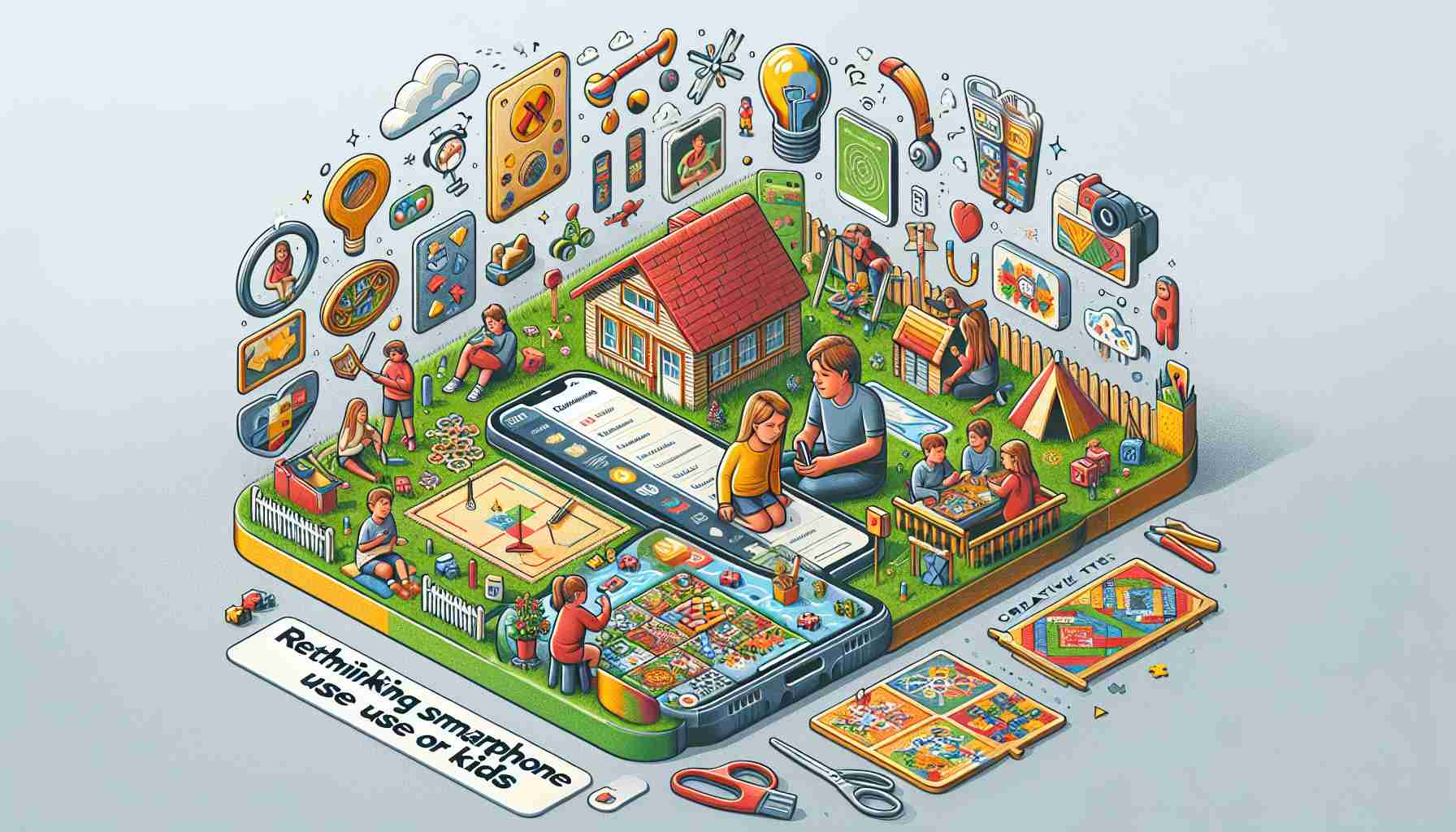John Turpin, a project manager and father of two, recently found a unique solution to the challenge of keeping smartphones out of his kids’ hands. Instead of constantly confiscating the devices and giving in to their pleas, he bought a small safe with a timer lock. Once the timer is set, the safe cannot be opened, effectively limiting access to the phones.
Turpin’s decision to implement this new strategy highlights the growing concern among parents about the addictive nature and negative effects of smartphone use on teenagers. Studies have shown a strong connection between smartphone use, particularly social media, and mental health issues such as anxiety and depression. As a result, schools across Canada are banning or limiting phones in the classroom, and some experts even suggest delaying social media use until the age of 16.
Parents are employing various strategies to manage their children’s smartphone use. Some turn to alternative high-tech solutions, such as the Apple Watch, for limited connectivity. Others opt for more traditional approaches, like providing their kids with flip phones or rotary phones. The goal is to find a balance between staying connected and ensuring their children’s well-being.
Dr. Elia Abi-Jaoude, a staff psychiatrist at Toronto’s Hospital for Sick Children, emphasizes the need to limit and delay smartphone use among kids. He suggests that parents maintain control over digital device usage, within developmentally appropriate limits. His recommendation, based on extensive research, is that children spend no more than two hours a day on digital devices.
While it may seem challenging in a screen-dependent world, setting boundaries on smartphone use is crucial. Many parents recognize the importance of reaching their children and allowing them to stay connected with friends. However, they also understand the need to prioritize offline activities like physical exercise and hobbies.
Finding creative solutions like safes with timers, flip phones, or Apple Watches can provide parents with the means to regulate smartphone use without completely cutting off their children’s connection to the digital world. Ultimately, it’s about striking a balance and helping kids develop a healthy relationship with technology.
The smartphone industry has experienced significant growth over the past decade, with advancements in technology and increased accessibility contributing to its popularity. According to market forecasts, the global smartphone market is expected to reach a value of $1.4 trillion by 2027, fueled by the increasing demand for smartphones and related accessories.
However, despite the industry’s success, there are various issues associated with smartphone use, particularly among teenagers. Studies have indicated a link between excessive smartphone use, particularly on social media platforms, and mental health issues such as anxiety and depression. This has led to concerns among parents and experts about the impact of smartphones on children’s well-being.
In response to these concerns, schools in Canada have implemented measures to limit or ban smartphone use in classrooms. This move aims to reduce distractions and foster a more focused learning environment. Additionally, some experts recommend delaying social media use until the age of 16 to protect teenagers’ mental health.
To manage their children’s smartphone use, parents are employing different strategies. These range from high-tech solutions such as using devices like the Apple Watch for limited connectivity, to more traditional approaches like providing children with flip phones or rotary phones that offer fewer distractions.
Dr. Elia Abi-Jaoude, a staff psychiatrist at Toronto’s Hospital for Sick Children, emphasizes the importance of setting limits on smartphone use. He recommends that children spend no more than two hours a day on digital devices, based on extensive research on the impact of screen time on children’s development.
Despite the challenges posed by a screen-dependent society, parents recognize the need to strike a balance between staying connected and ensuring their children’s well-being. Implementing innovative solutions like safes with timer locks provides parents with a means to regulate smartphone use without completely cutting off their children’s access to the digital world.
By encouraging children to engage in offline activities such as physical exercise and hobbies, parents are helping them develop a healthier relationship with technology. This approach allows children to enjoy the benefits of staying connected while also prioritizing their overall well-being.
Overall, managing smartphone use among children and teenagers is a growing concern for parents, educators, and healthcare professionals. By staying informed about the industry, understanding market forecasts, and being aware of the potential issues associated with smartphone use, parents can make informed decisions to help their children develop a healthy relationship with technology.
For more information about the impact of smartphone use on mental health, you can visit the World Health Organization website.
The source of the article is from the blog mivalle.net.ar
